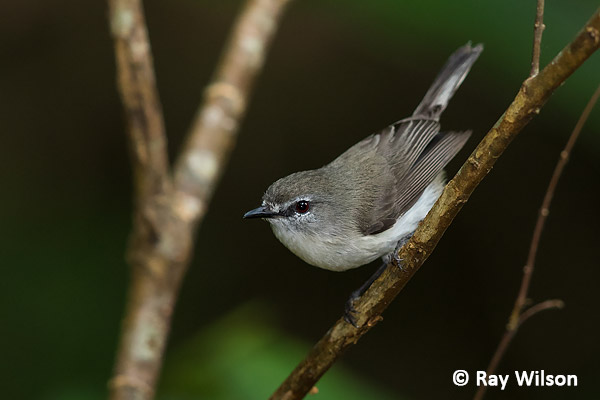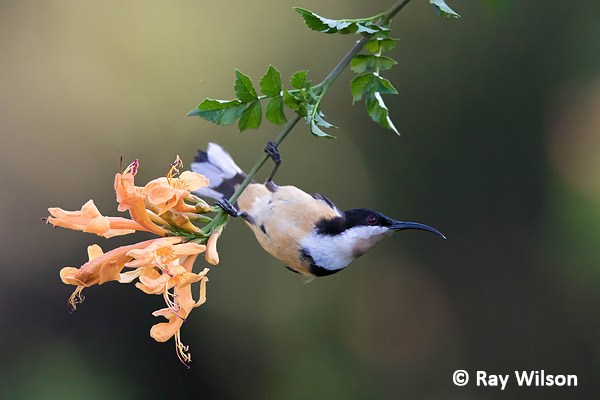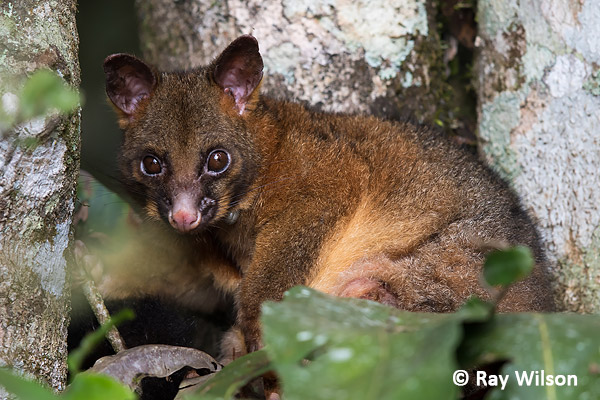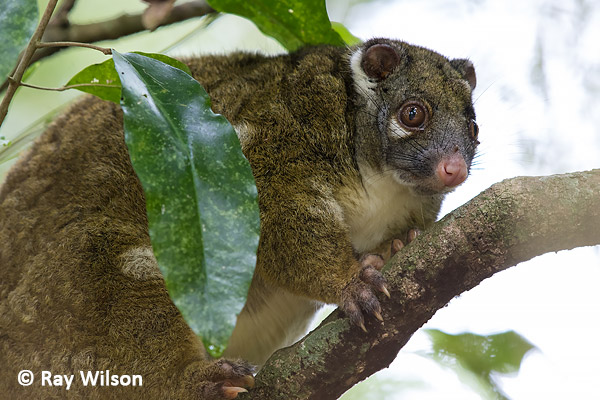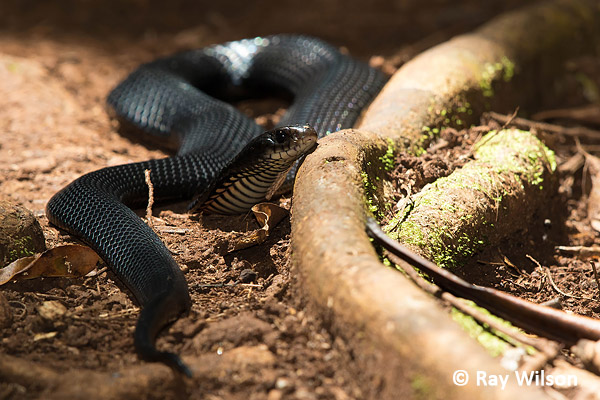
- Home
- Photography Tours
- Diary / Blog
- Galleries
- Foreign Trips
- Tasmania 2016
- NE Queensland 2016
- Western Alps 2016
- NE Spain 2016
- Australia's Wet Tropics 2015
- Australia's Top End 2015
- SW Australia 2015
- Switzerland 2015
- Andalucia 2015
- Belize 2015
- Australia 2014
- Switzerland 2014
- Belize 2014
- Bahama Islands 2014
- Switzerland 2013
- Ecuador 2012-2013
- Florida 2011-2012
- Vancouver Island 2011
- Australia 2010
- Peru 2008
- Bulgaria 2007
- Lesvos 2006
- California 2006
- New Zealand 2005
- Extremadura 2005
- Goa, India 2004
- The Gambia 2003
- About
September 2016
Atherton Tablelands, QLD, Australia
Part 3
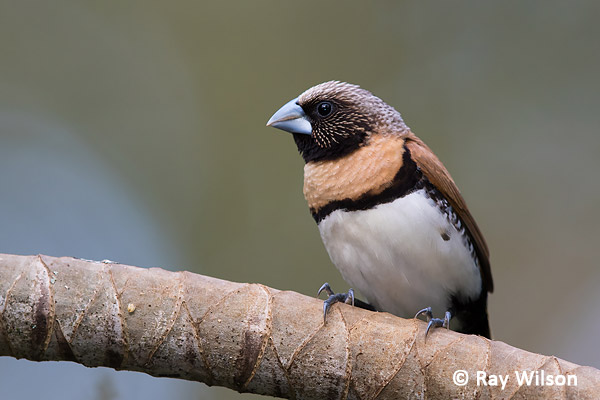
Chestnut-breasted Mannikin (Lonchura castaneothorax)
An afternoon spent sitting on a friend's porch watching the birds coming in to the feeders yielded many images of the two commonest finches that are found on the Tablelands: Chestnut-breasted Mannikin and Red-browed Firetail.
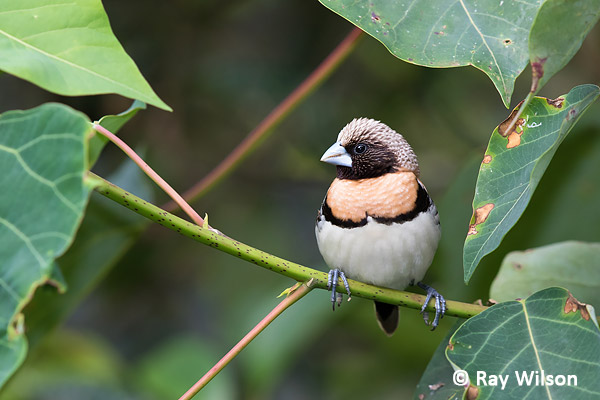
Chestnut-breasted Mannikin (Lonchura castaneothorax)
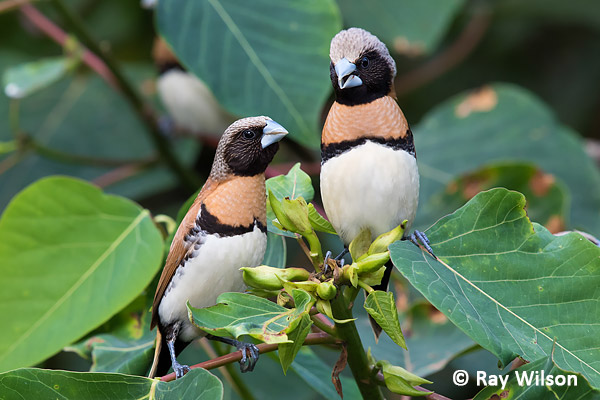
Chestnut-breasted Mannikin (Lonchura castaneothorax)
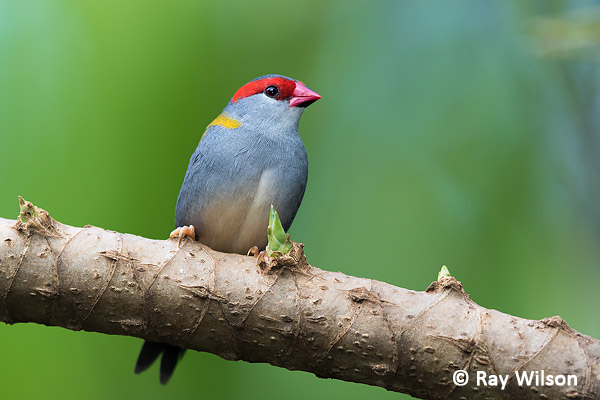
Red-browed Firetail (Neochmia temporalis)
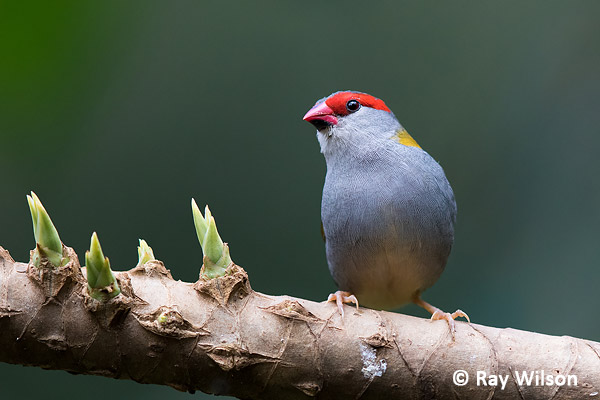
Red-browed Firetail (Neochmia temporalis)
Brown Gerygone (Gerygone mouki)
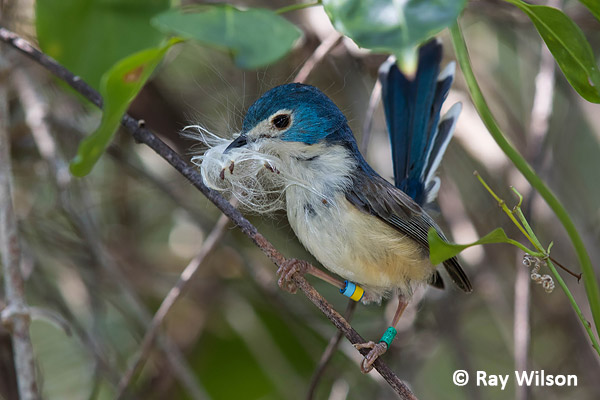
female Lovely Fairywren (Malurus amabilis)
This female Lovely Fairywren is part of a study for a PhD project studying the role of ornamentation in female fairywrens. They are unusual among the fairywrens, as the females of most members of the family are uniformly drab brown in colour.The colourful leg jewellery she is sporting helps to allow the identification of individuals within the population as each bird in the study has a unique combination of coloured rings on each leg.
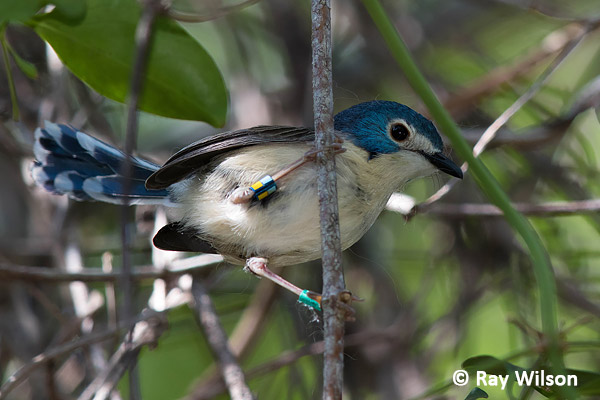
female Lovely Fairywren (Malurus amabilis)
Eastern Spinebill (Acanthorhynchus tenuirostris)
Coppery Brush-tailed Possum (Pseudocheirus johnstonii)
Both Coppery Brush-tailed and Green Ringtail Possums are nocturnal, but can sometimes be spotted resting during the day in the fork of a tree.
Green Ringtail Possum (Pseudochirops archeri)
Red-bellied Black Snakes are common on the Tablelands and are, in my experience, the most commonly encountered snake. It is not a particularly aggressive species and is unlikely to strike unless provoked but, as with all dangerously venomous species, you should always treat treat them with extreme caution. This one was photographed with a 600mm lens allowing me to not only maintain a safe distance but also reduce the risk of scaring it away...
Red-bellied Black Snake (Pseudechis porphyriacus)
Ray Wilson owns the copyright of all images on this site.
They may not be used or copied in any form without prior written permission.
raywilsonphotography@googlemail.com
